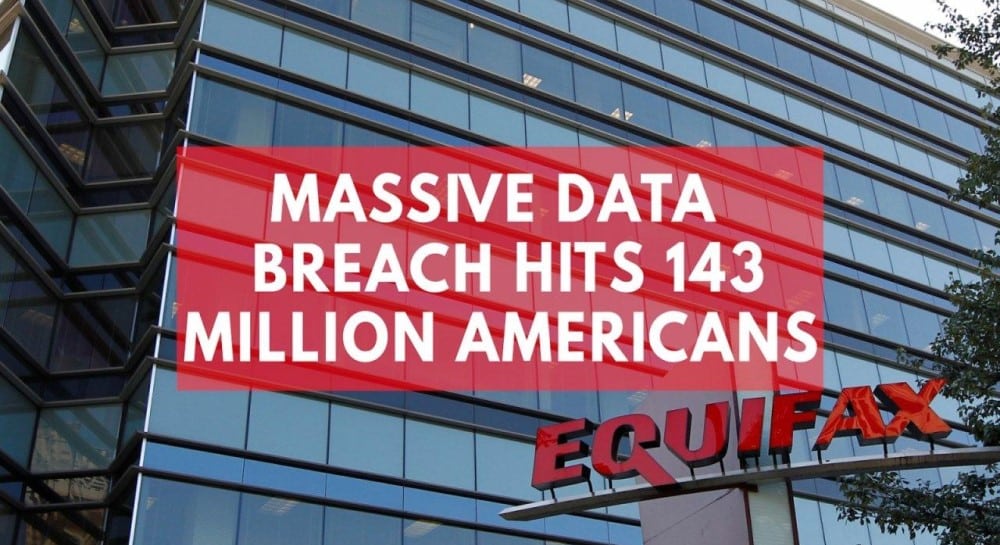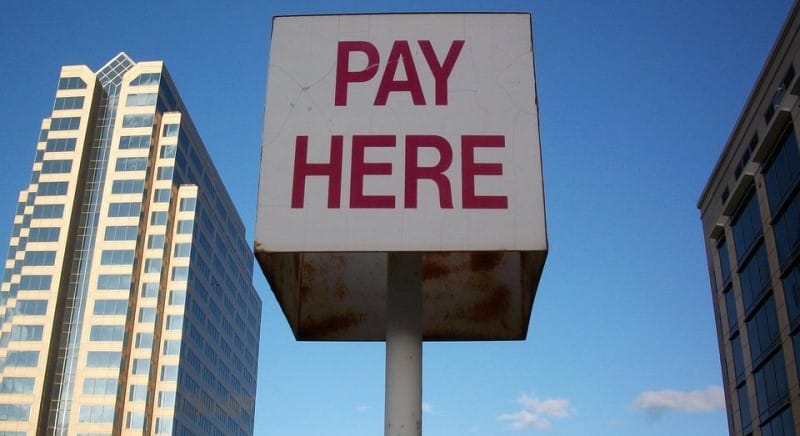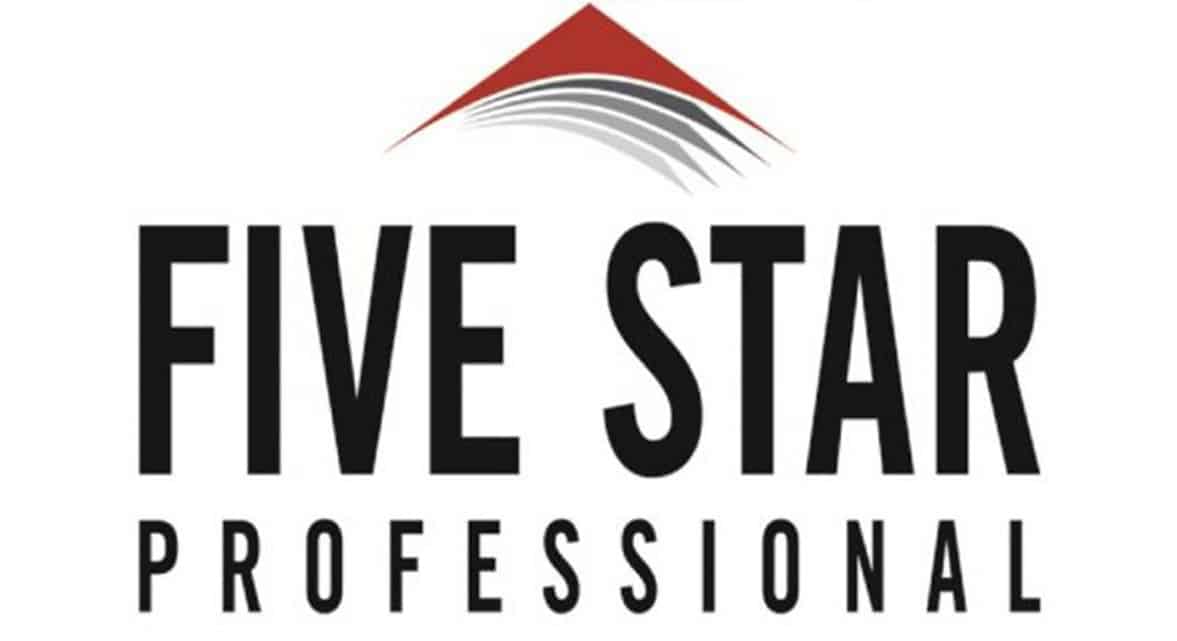
The recent Equifax Data Breach has compromised sensitive information for almost 150 million Americans. To see if you were affected, you can enter your information here. If you have been affected, it’s important to be proactive to protect your credit. Here are some steps I recommend.
For those who believe their data was compromised, the free credit monitoring that Equifax is providing could be a good start: Equifax Security 2017.
Instead, I pay for the credit monitoring service from Zander Insurance Group to help protect my family: Identity Theft Protection by Zander Insurance
Another option is to potentially pay and get a freeze put on your credit for one year. You can visit the following two websites of the other two credit reporting bureaus as well to sign up:
1) TransUnion: Place a Credit Freeze
2) Experian: Five Things to Do After Your Information Has Been Stolen
Also, here’s a free website I use to personally monitor and improve my annual credit report , you can set up proactive alerts to warn you if there’s a big change on one of your credit reports by selecting ‘Profile & Settings’, then ‘Communications & Marketing’, and checking the ongoing alerts you would like to receive.
If you don’t wish to use CreditKarma.com or a similar site, you can also visit https://www.annualcreditreport.com/index.action and obtain your credit reports for free from each of the credit reporting bureaus.
THE DAY MY IDENTITY WAS STOLEN
It was a seemingly ordinary day when it happened. My phone rang and, when I answered, I heard the voice of an unknown man.
“Hello, is this Mr. Richard Archer? This is John from Neiman Marcus in Atlanta. We’re just calling to confirm that you were just in our mall location and applied for a new store credit card.”
These three sentences commenced my unfortunate identity theft journey. In the next few days, I came to learn that a man had my Social Security number and full name and had created a fake driver’s license with my correct home address alongside his picture. He walked around the Atlanta mall impersonating me, moving from store to store trying to open credit accounts. So far, he had succeeded at Neiman Marcus, Best Buy, Toys ‘R’ Us, and several times at Verizon. Before we were alerted, he’d run up more than $1,000 in cell phone charges.
HOW DID IDENTITY THEFT HAPPEN TO ME?
Some people might wonder how I, a financial planner, could become the victim of identity theft. I’ve helped multiple clients get through identity theft, and I know what a mess it can be. Hoping to avoid it happening to me, I shred account statements religiously, watch my credit score online, consistently update my passwords, use a locked mailbox, and never click on suspicious links online. So what went wrong?
I thought long and hard about it and then I remembered notices from my alma mater and TJ Maxx. Both had suffered huge data breaches in the past two years, and they had each notified me that my personal information might have been compromised.
Here’s the truth: identity theft can happen to anyone — even to a financial planner and even to people who proactively safeguard their personal information. If you’ve ever had a bank account, credit card, shopped online, or included your Social Security number on an application, your identity could potentially be stolen.
WHAT TO DO ABOUT IDENTITY THEFT
It was in the evening when I received that call from Neiman Marcus, and it was hard not to panic at the thought of everything I was going to have to do to get this fixed. I knew I needed to cancel my credit cards, change my account passwords, and notify my bank and credit agencies. I had read stories about others who had their identities stolen and it had taken them, on average, a year and 200+ hours to get to a point where they could use their rebuilt credit again.
But then I remembered I had purchased ID Theft Concierge Protection from Zander ID Theft Solutions. I found their hotline number and called them, crossing my fingers that their office wouldn’t be closed at this time of night. My anxiety was high as I pictured a crook walking around Atlanta ruining the good credit I had worked so hard to build.
Luckily, a professional from Zander was available and immediately helped by placing a freeze on my credit and requesting me to send in everything I could to help him fix this problem. Over the next four weeks, I scanned and sent copies of all related correspondence I received regarding my many new credit accounts while the folks at Zander personally contacted and cancelled each new fake credit request. They had to contact several companies multiple times because the companies really wanted to get paid the thousands of dollars they were owed.
Three months later, Zander had my entire credit report back to normal, and within four months my credit score was restored.
LESSONS LEARNED
Experiencing this process firsthand, I learned the value of having expert help. It was such a relief not having to figure out all of the ins and outs of rebuilding my credit by myself. The professionals at Zander were faster, more persistent, and more successful than I could have been while also trying to run a business and spend time with my family.
Based on the amount of information my identity thief knows about me, I am positive it will happen again in the future. However, I have alerts set now that tell me when anyone requests new credit and a special verbal password to use with the credit agencies and my banks. I continue to do everything I can to protect my data myself, but a lot of it is out of my hands since I’ll frequently have to share my Social Security number, date of birth, name, address, driver’s license number, or other information. Furthermore, data breaches are becoming more common, so it’s just a matter of time before it happens again.
However, I feel more confident and at ease knowing someone else is also looking out for me. These are the feelings I hope to provide my clients. By serving as a family’s financial professional, I am there to provide a second set of experienced eyes on their strategies, offer guidance, and take some of their responsibilities off their plate so they can focus on their family.
Whether you have questions about protecting your identity in the wake of the Equifax Data Breach or seek advice about other elements of your finances, I’m here to help and am available to chat. You can easily book an appointment with me online here.
About Richard
Richard Archer is a financial advisor and the President of Archer Investment Management with more than eighteen years of industry experience. Largely working with successful individuals and couples, he specializes in providing comprehensive investment guidance and personalized care and attention to each client. Along with holding a Bachelor of Science in Economics and a MBA, he is a CERTIFIED FINANCIAL PLANNER™ certificant and a Chartered Financial Analyst®. He combines his advanced industry education and knowledge with his genuine care for people to provide clients with an exceptional experience. To learn more about Richard, connect with him on LinkedIn or visit www.archerim.com.















